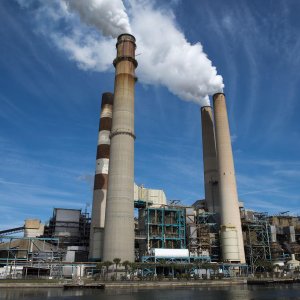
Mexico City Subway Has New Director
 By Miriam Bello | Senior Journalist and Industry Analyst -
Tue, 06/29/2021 - 17:00
By Miriam Bello | Senior Journalist and Industry Analyst -
Tue, 06/29/2021 - 17:00
Almost two months from the tragic collapse of an overpass of the Mexico City subway, Governor Claudia Sheinbaum named Guillermo Calderón as the new Direction of the Metro Collective Transport System. Calderón will replacing Florencia Serranía, the former Director who received significant criticism after the collapse.
Two days prior to this event, President Andrés Manuel López Obrador announced that Mexican billionaire Carlos Slim is interested in helping to rebuild the Line 12 of the Mexico City subway. López Obrador had previously mentioned that progress is being made in restoring the subway line because “a commission of experts was formed and a general overhaul is being carried out to provide full security, and the reconstruction of the line will be done in agreement with the Carso Group.”
Slim’s infrastructure company was also involved in the initial construction of Line 12 of the city’s subway, alongside other businesses. This project was the first railway project of Slim’s company Carso Infraestructura y Construcción. The company is also working in one of President López Obrador’s major infrastructure projects: the Mayan Train.
The tragedy has turned into a political crisis that targets Slim and other prominent figures such as former Governor of the City and current Minister of Foreign Affairs Marcelo Ebrard, reports the NYT. Ebrard was Governor of Mexico City during the construction and opening of Line 12. The companies involved in the project had urged the then Governor to inaugurate the line before he left office, reports NTY. Miguel Angel Mancera and Claudia Sheinbaum, former and current Governors of Mexico City, respectively, have also drawn criticism.
The NYT report states that “the metal bolts that were crucial to the viaduct's strength and that served as the foundation for the entire structure appear to have failed due to poor welding, a serious failure that likely caused the crash.” The report points out that is one of the main explanations handled by Mexico City officials and it “highlights a pattern of political opportunism and neglected works during the construction of the subway.” Moreover, an erroneous choice in the type of trains led to constant wear and tear on the rail tracks since 2012, which was worsened by the use of low-quality materials.
The line’s initial construction budget was set at US$838 million but eventually ballooned to surpass US$2 billion, shared an MBN article. After its official inauguration on 2012, Line 12 had to stop operations for six months because the undulatory wear on the tracks put the safety of passengers at risk.
After Mexico City’s earthquake on Sept. 19, 2017, users of that subway line reported cracks on the infrastructure. The city had also detected flaws in the original construction of the section made by Slim's company, reports the NYT. The flaws include the incorrect pouring of concrete and missing steel components, reads a 2017 government report that had not been released until now.
After the collapse, in the first of three reports made by DNV, experts found deformations and fractures in the beams that make up the concrete bridge, as well as in the bracing elements, in the webs of the three structures and in adjacent welds. The report also discovered a displacement of the beams, deficiencies in the applied welding method and in different types of concrete "presumably due to position by design of bolts and by modification in field conditions.” It was also found that the bolts did not comply with design indications since they still had the ceramic protection and that they were not equidistant from the beam.
















